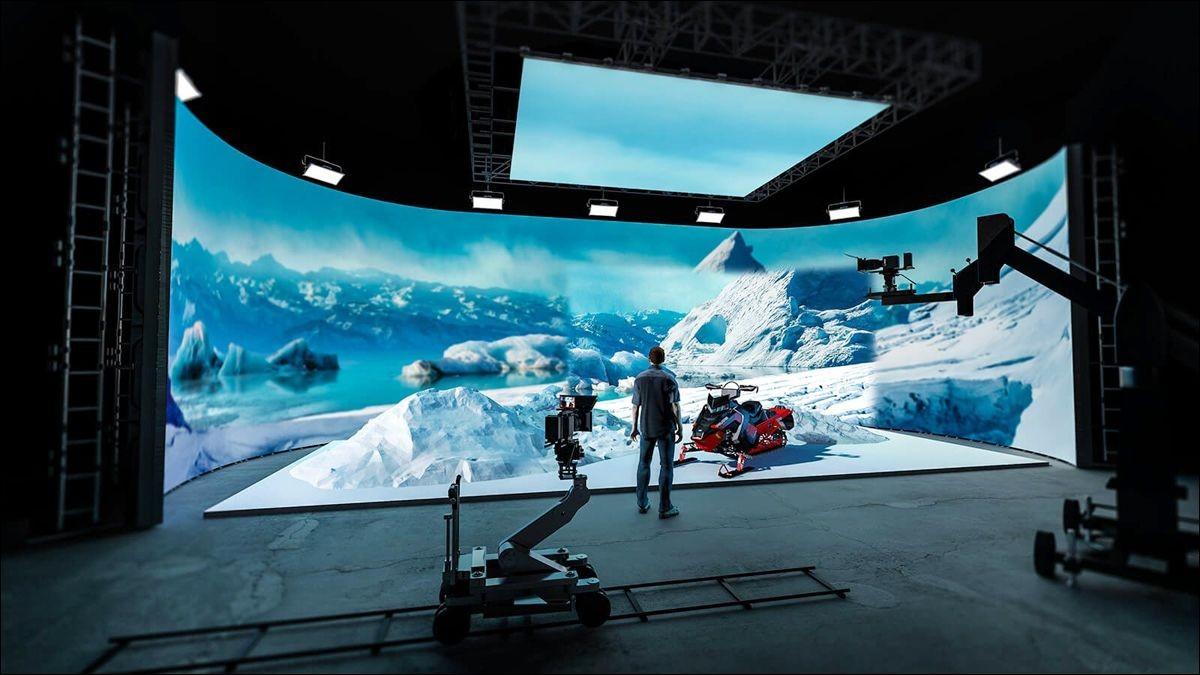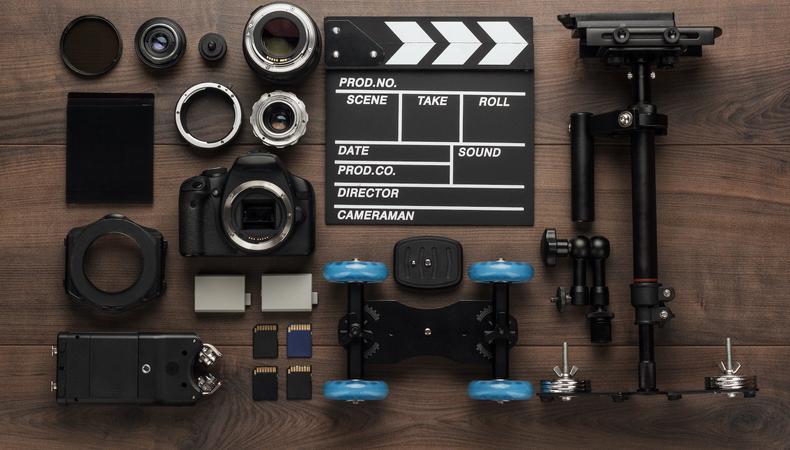
The Evolving Landscape of Production Technology
The landscape of media production is undergoing a profound transformation, driven by relentless technological advancements. Staying competitive and relevant demands a proactive approach to adopting innovative tools and workflows. Production houses, regardless of their scale, must continuously evaluate and integrate emerging technologies to enhance creative output and operational efficiency. This evolution is not merely about incremental improvements but about reimagining the entire production pipeline.
From pre-visualization to post-production, new filming technologies are reshaping how stories are told and experiences are created. High-resolution cameras, advanced lighting systems, and sophisticated editing software are just the tip of the iceberg. The real shift lies in the integration of these elements into a cohesive ecosystem that empowers creators to push boundaries and deliver unparalleled visual quality. Embracing these innovations is crucial for long-term viability.
The demand for immersive and high-fidelity content continues to grow across various platforms, from cinematic releases to interactive online experiences. Audiences expect more, and production teams are tasked with meeting these heightened expectations efficiently. Adapting to new filming technologies means not only acquiring the latest gear but also fostering a culture of continuous learning and experimentation within the team. This forward-thinking mindset is a cornerstone of future-proof operations.
Furthermore, the economic implications of technology adoption are significant. While initial outlays might seem substantial, the long-term benefits often include reduced production times, enhanced visual effects capabilities, and greater creative flexibility. Smart strategic planning is essential to ensure that technology procurements yield tangible returns and contribute to a sustainable growth trajectory for any production entity. Kaprizocoex recognizes this critical balance.
The challenge lies in discerning which technologies offer the most impactful advantages without overhauling existing infrastructures unnecessarily. It requires a careful assessment of current capabilities, future project demands, and the potential for scalability. Successful adaptation involves a blend of pragmatic decision-making and a willingness to embrace change, ensuring that production remains agile and responsive to market shifts.
Key Areas of Technological Application
- Virtual Production Studios: Utilizes LED walls and real-time rendering engines to create immersive environments on set. Pros: Reduces location scouting, travel costs, and post-production time. Limitations: High initial setup cost, requires specialized technical expertise.
- AI-Powered Editing Tools: Automates mundane tasks like initial cuts, color grading suggestions, and audio synchronization. Pros: Significantly speeds up workflow, allows editors to focus on creative aspects. Limitations: Still requires human oversight for nuanced artistic decisions.
- Advanced Drone Cinematography: Offers unparalleled aerial perspectives and dynamic camera movements for various projects. Pros: Captures breathtaking shots safely and efficiently, expands creative possibilities. Limitations: Regulatory restrictions, weather dependency, battery life constraints.
Expert Perspectives and Industry Discussions
Industry experts often highlight the transformative potential of real-time rendering in virtual production. Dr. Evelyn Reed, a renowned media technologist, states, "The ability to visualize final effects on set, in real-time, is a game-changer for directorial decisions and creative collaboration. It bridges the gap between pre-production planning and on-set execution, leading to more coherent and efficient productions." This paradigm shift is undeniable.
However, not all agree on the immediate widespread applicability of every new technology. Some cinematographers express concerns about the potential loss of organic feel when relying heavily on digital environments. "While virtual sets offer incredible control, there's a certain magic in natural light and authentic locations that's hard to replicate perfectly," notes veteran DOP, Marcus Thorne. Finding the right balance between innovation and traditional artistry remains a key discussion point.
The debate also extends to the accessibility and cost-effectiveness for smaller production companies. While large studios can readily invest in cutting-edge virtual stages, independent filmmakers often face significant budgetary constraints. This creates a potential disparity in production quality and access to resources, posing questions about equitable technological advancement across the industry spectrum. Kaprizocoex understands these challenges.
Furthermore, the rapid pace of technological evolution presents a challenge in itself: obsolescence. Investing heavily in a particular system today might mean it's outdated tomorrow. This necessitates a strategic approach to technology procurement, focusing on adaptable and modular systems that can evolve with future innovations rather than being replaced entirely. Foresight in planning is paramount.
Another critical aspect is the human element. The most sophisticated tools are only as effective as the skilled professionals operating them. There's a growing need for comprehensive training programs that equip crews with the necessary expertise to leverage these new technologies fully. Without adequate human capital development, even the most advanced equipment will fail to deliver its promised benefits.
Charting a Course for Sustainable Production
Adapting to new filming technologies is a strategic imperative for production companies aiming for longevity and excellence. It demands a thoughtful blend of investment in advanced tools and continuous skill development for teams.
A flexible mindset, ready to embrace change, is crucial. The path forward demands foresight and agility in every aspect of operations, ensuring sustained relevance in a dynamic industry.
By integrating proven innovations and fostering technological curiosity, production entities can remain at the forefront of visual storytelling, enhancing capabilities and securing a resilient future.
Related Posts
Leave a Reply
Your message will be published after review by moderators.


